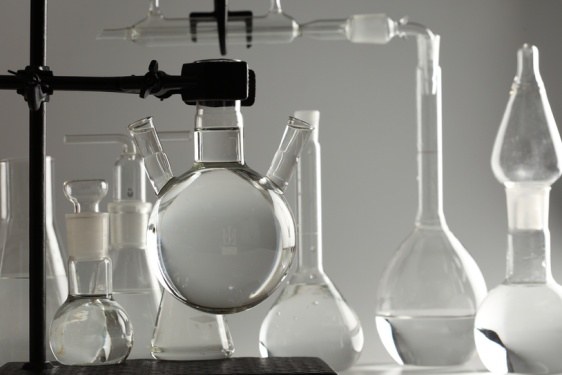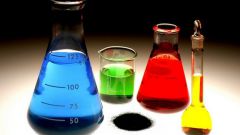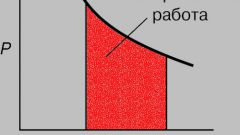Instruction
1
Suppose you need to calculate the constant of equilibrium. If we are talking about a reaction between gases, the product of which is also gas, the constant of equilibrium is calculated using the partial pressure of the components. For example, consider the reaction of catalytic oxidation of sulphur dioxide to sulphuric anhydride (raw material for the production of sulfuric acid). It proceeds as follows:2SO2 + O2 = 2SO^3.
2
Taking into account factors faced by the molecules of sulphur dioxide and sulphuric anhydride, the formula of the constant of equilibrium will look as follows:P^2 SO3/p^2 x pO2 SO2
3
If the reaction occurs in any solution, and you know the molar concentration of the starting materials and products, the formula is used to calculate the constant of equilibrium of the reversible chemical reaction A + B = B + G, would be as follows:Cu = [A][B]/[B][G].
4
Calculate the constant of equilibrium of a chemical reaction using a known amount of change of the Gibbs energy (this data you can find in the chemical reference). The calculation is made according to the following formula:∆G = -RT lnKр, that is lnKр = -∆G/RT. Calculating the value of the natural logarithm of the CD, you can easily determine the value of constant equilibrium.
5
When calculating the constants of equilibrium, remember that the amount of change of the Gibbs energy depends only on final and initial state of the system and not on the intermediate stages. In other words, you are completely indifferent to the ways in which it was received by the destination from the source substance, the Gibbs energy change will still be the same. So, if you for some reason can't determine ∆G for a particular reaction, can be estimated by intermediate reactions (it is important only that they eventually led to the formation of we need ultimate substances).









